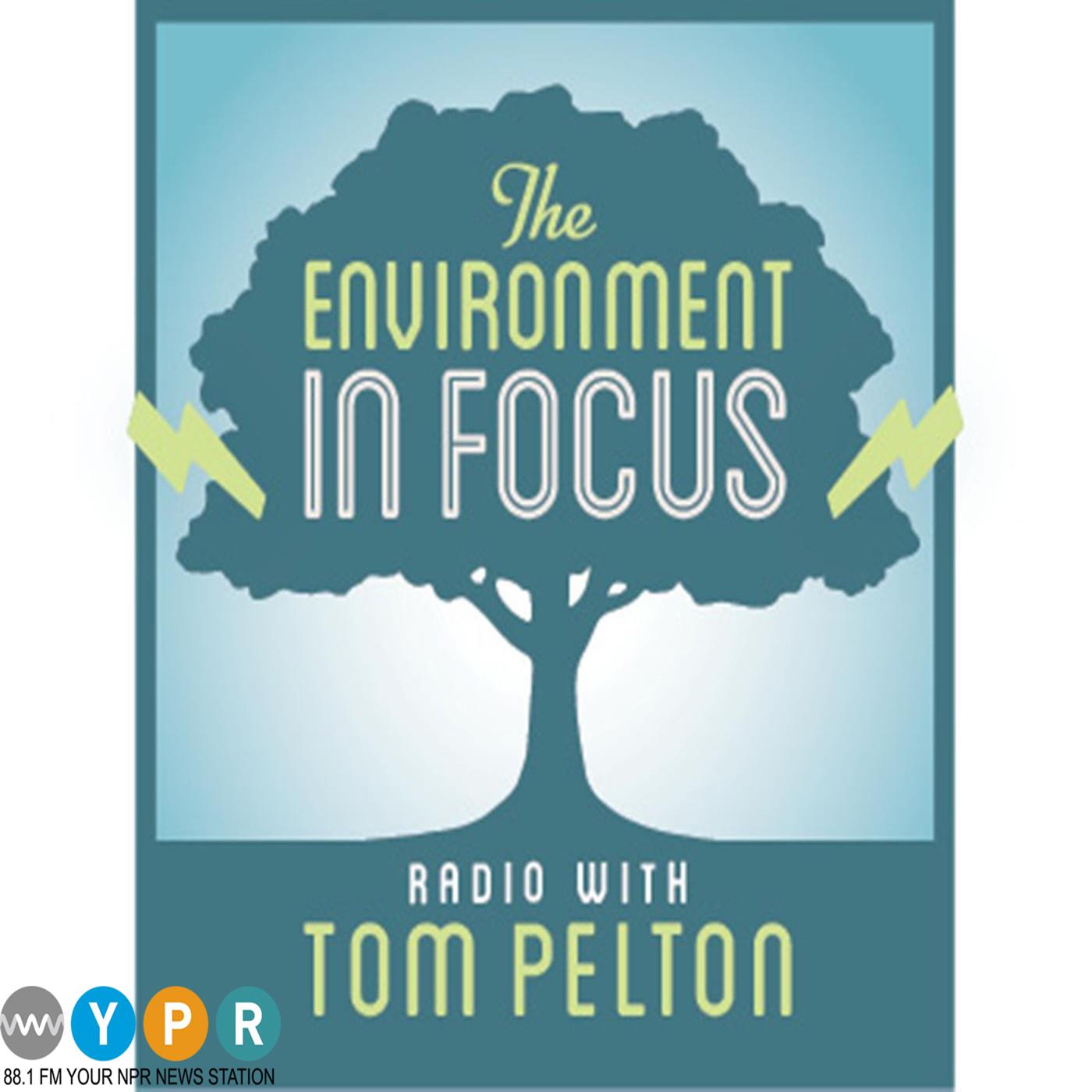
The Environment in Focus
Last year, record-breaking rains pummeled Maryland and the Chesapeake Bay, flushing farm fertilizer and runoff pollution from parking and roads lots into the estuary.Many Chesapeake ecologists feared that the unprecedented downpours – partially driven by climate change – would reverse progress that the bay had been enjoying since the year 2010.Well, the results finally came in last week and they were in some ways predictable. The University of Maryland Center for Environmental Health’s annual report card on the bay found that the water clarity in the bay last year plummeted to a rating of 7 out of 100 – the second lowest figure on record.But, here’s the surprising part: the bay’s overall health dipped only slightly last year, from a 54 rating out of 100 in 2017 to a 46 in 2018. That’s much less of a slip than researchers expected with all the rainfall.The main reason: Underwater grasses in the bay, which are critical habitat for crabs and fish and perhaps the Bay’s most important single health indicator, hung on despite the downpours, which normally smother grasses with runoff, sediment and mud.Preliminary data from the Virginia Institute of Marine Science found that underwater grasses covered at least 86,000 acres of the bay last year (and that figure is likely to grow when the final numbers are submitted). That’s less than the 102,000 acres in 2017, but still about the fifth highest total on record since monitoring began in the late 1970s.
The Environment in Focus
19 Invasive Grasses Defy Pollution to Bolster Chesapeake's Health

0:00 0:00/ 0:00
0:00/ 0:00

